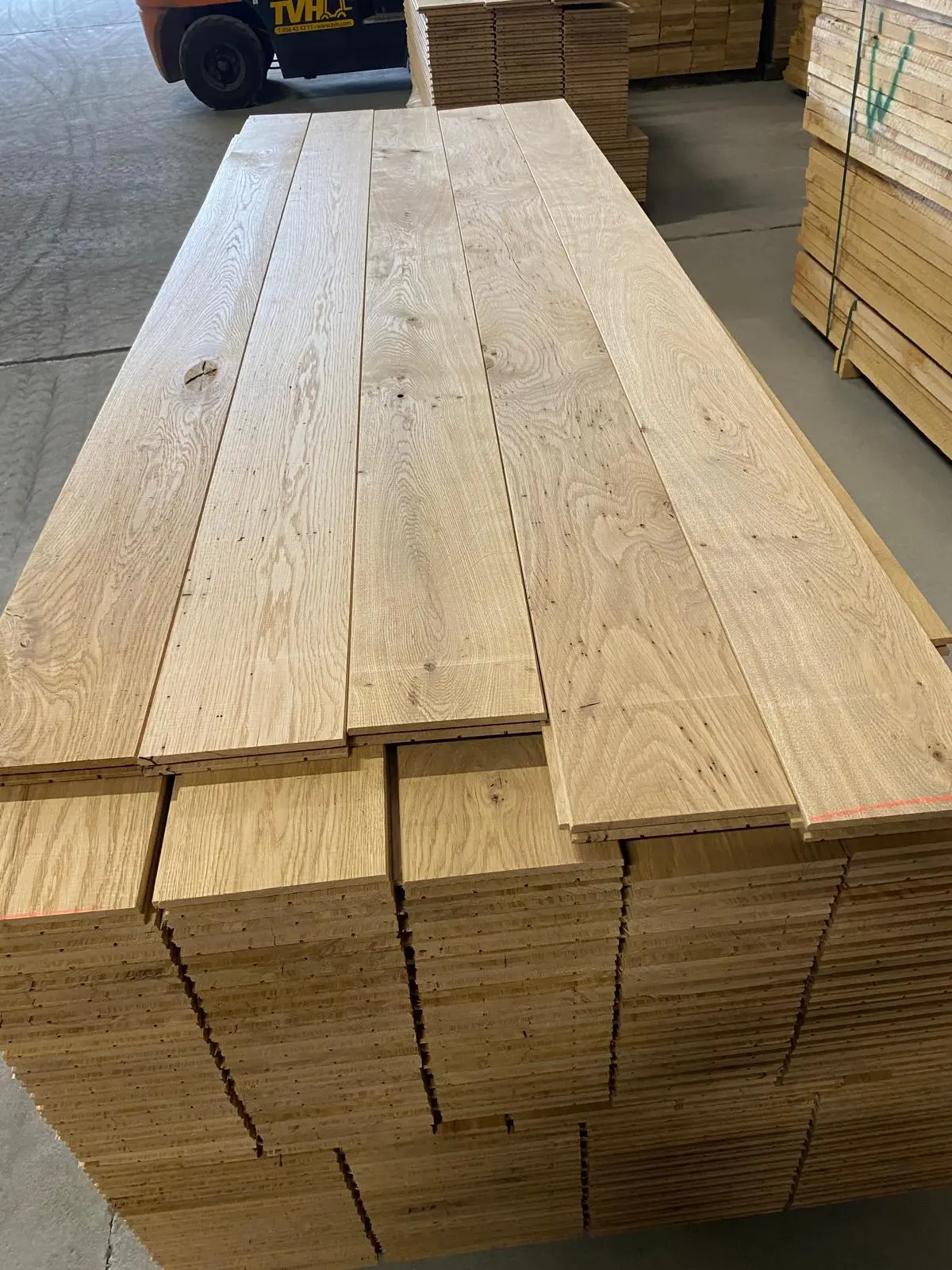When it comes to enhancing the exterior or interior of a building, oak cladding is an excellent choice. Known for its durability, natural beauty, and versatility, oak cladding can transform the appearance of both modern and traditional designs. Whether you’re using it for a sleek, contemporary exterior or a warm, rustic interior, oak cladding offers both aesthetic appeal and long-lasting performance. In this blog, we’ll explore the benefits of oak cladding, its applications, and why it continues to be a preferred choice for architects and designers alike.
What is oak cladding?
Oak cladding refers to the use of oak wood panels or boards as a protective and decorative layer applied to the exterior or interior of a building. This cladding is often used to cover walls, facades, and ceilings, providing both structural integrity and visual interest. Oak cladding can be left in its natural state or treated with various finishes to achieve a desired look, from rustic and natural to sleek and modern.
Why choose oak cladding for your project?
There are several reasons why oak cladding is a top choice for design and construction projects:
- Durability: Oak is one of the most durable hardwoods, making it ideal for cladding applications. It resists wear and tear, weathering, and insect damage, ensuring that your cladding will stand the test of time.
- Aesthetic appeal: The rich grain patterns and warm tones of oak cladding add a timeless and natural beauty to any structure. The wood ages gracefully, developing a patina over time that adds character.
- Sustainability: Oak is a renewable resource, and many oak cladding products come from sustainably managed forests, making it an environmentally friendly choice.
- Versatility: Whether you’re working on a traditional cottage, a modern urban home, or a commercial building, oak cladding can be customized to fit various design styles.
Common uses of oak cladding
Oak cladding is used in a wide variety of applications, both inside and outside the building. Some common uses include:
- Exterior cladding: Oak exterior cladding is perfect for creating a stylish and durable facade. Its natural resistance to weather makes it an excellent choice for exterior walls, facades, and garden features.
- Interior cladding: Oak interior cladding adds warmth and texture to living rooms, kitchens, or offices. It’s often used for accent walls, feature ceilings, or as paneling to create a natural and inviting atmosphere.
- Feature walls and ceilings: Use oak cladding to create stunning feature walls or ceilings that add character and elegance to any room.
- Commercial spaces: For businesses, oak cladding can be used to create a sophisticated and inviting atmosphere, enhancing the overall appeal of offices, lobbies, or retail environments.
The versatility of oak cladding makes it suitable for both functional and decorative applications.
Characteristics of oak cladding
Some of the characteristics that make oak cladding a popular choice include:
- Rich grain patterns: Oak wood has distinctive grain patterns, from straight and uniform to more complex swirls and knots, which add visual interest to the cladding.
- Color: Oak cladding typically has a warm, golden-brown hue, although the color can vary depending on the species and finish used. Over time, oak will darken and develop a rich, deep color.
- Durability: Oak is a dense and resilient wood, making oak cladding highly resistant to damage, moisture, and decay. It’s perfect for both exterior and interior applications.
These characteristics make oak cladding a superior choice for any building project.
How to care for your oak cladding
To ensure that your oak cladding continues to perform well and look great for years to come, proper care and maintenance are essential. Here are a few tips:
- Regular cleaning: Dust or wash your oak cladding regularly to remove dirt and debris that can affect its appearance.
- Protective coatings: If your oak cladding is exposed to the elements, apply protective finishes or coatings to help preserve the wood and protect it from moisture and UV damage.
- Avoid moisture buildup: While oak is durable, excessive moisture can lead to warping or rot. Ensure that water doesn’t accumulate on your oak cladding.
- Re-oil or re-stain: Depending on the finish, you may need to apply an oil or stain treatment to maintain the wood’s appearance and protect it from environmental elements.
By following these simple maintenance tips, your oak cladding will retain its beauty and functionality for many years.
Oak cladding vs other cladding materials
When compared to other cladding materials, oak cladding offers several advantages:
- Natural beauty: Oak cladding provides a timeless, classic look that other materials, such as metal or vinyl, may not be able to replicate.
- Sustainability: Oak is a renewable resource, and many oak cladding products are sourced sustainably, making them a more eco-friendly option than synthetic materials.
- Durability: Oak cladding is incredibly durable and resistant to wear, weathering, and damage, making it a better long-term investment compared to other wood or synthetic cladding options.
These benefits make oak cladding a superior choice for both residential and commercial projects.
Summary
Oak cladding is a versatile, durable, and visually stunning material that can be used for a variety of design and construction applications. Whether you’re installing oak cladding on your home’s exterior, adding texture to an interior wall, or creating a commercial feature, oak provides a timeless look that will last for years.
Ready to use oak cladding in your project?
At Wholesale Timber, we offer a wide range of high-quality oak cladding products suitable for all your design needs. From oak exterior cladding to custom interior cladding, we have the materials and expertise to bring your vision to life. Contact us today to explore our selection of oak cladding and start your next project.
For more information, visit: Wholesale Timber | Contact Us | Latest News | Explore Projects | Timber Products | About Us
